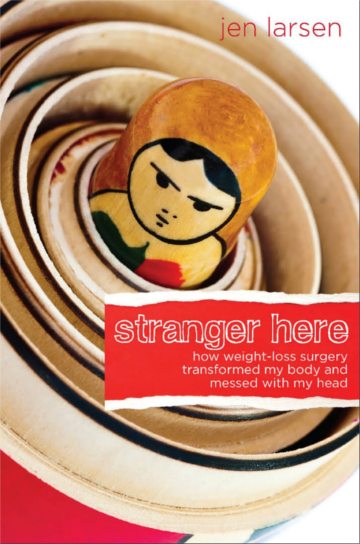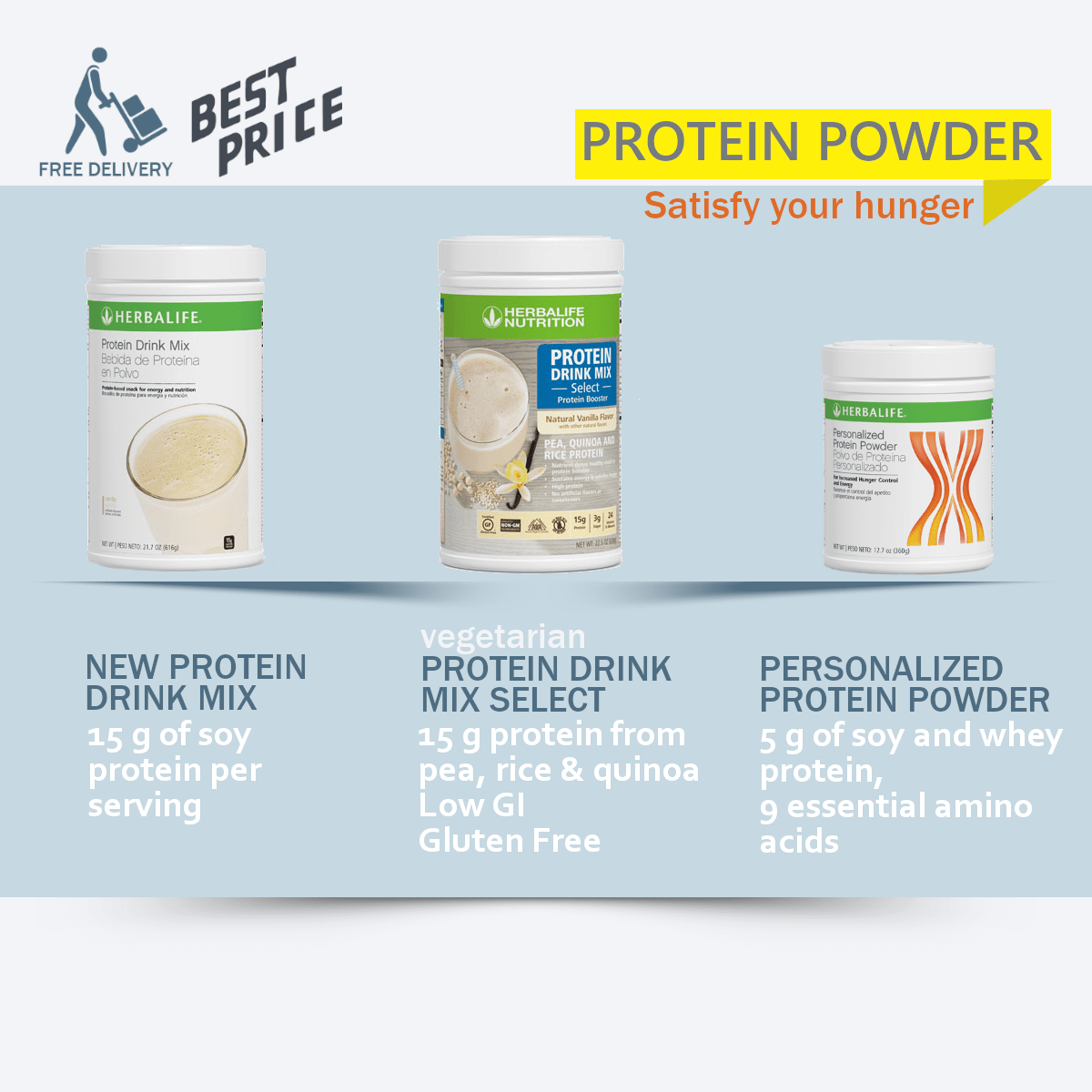Weight loss with gastric balloon
Last Updated on by Sophie
Weight loss with gastric balloon
We are not short of ways to lose weight. Constantly new procedures, devices and products coming to the market to help us fight obesity.
Diet control and active lifestyle may not work for all of us, if obesity runs in the family this could mean it’s genetic and conventional weight loss methods may not work.
Going for weight loss surgery is not an easy decision, gastric band, gastrectomy and gastric bypass are considered invasive method and require surgery.
Intragastric or gastric balloon is an old procedure which has become in the spotlight with the rise of obesity.
Gastric balloon is endoscopic procedure and does not require general anesthesia rather sedation is enough.
A deflated medical grade silicon is inserted in the stomach through the mouth and then inflated to take part of the space in the stomach.
The procedure is fast and does not require surgery and patient can be discharged after the procedure is finished.
Weight loss surgery is suitable for people with BMI 37 and higher which is considered severe obesity and require permanent solution for their obesity and weight loss surgery will help them lose weight significantly.
Gastric balloon is suitable for those who are fat or going to be obese but do not meet the requirements for weight loss surgery.
Gastric balloon is reversible and your body will be back to normal within 6-12 months, in some cases it is used before going for surgery to bring body weight down.
Simply the goal of this procedure is to reduce the capacity of food the stomach can take, since the silicon balloon is taking some space, there will be less space for food and this will directly affect your appetite and when your appetite is lowered low calorie diet will work magic in losing weight.
The balloon is filled with a liquid called saline, the size is adjustable during the time the balloon is in the stomach which 12 months. Some studies indicate that with gastric balloon patient can lose more than 40% of excess fat.
Before going for gastric balloons your health condition has to be assisted. For some weight gain is caused by thyroid and hormonal disorder or metabolic complications due to diabetes, hypertension, fatty liver disease.
Before going for gastric balloon you need to fast for 6 hours, the procedure will take 10 minutes and intravenous injection will be used for sedation.
A through stomach check will be done with gastroscope to make sure there is no ulcers which will make gastric balloon procedure risky. Any past
surgery on the stomach will reduce the suitability for the procedure.
After the procedure is complete and the balloon is inserted you are allowed have clear liquids.
After the procedure and for a week patient will vomit and have cramps and if it goes for long it can be controlled with medication.
For the first week you are not allowed to take solid food and once the vomiting and cramp has eased you will be allowed.
If the vomiting and cramps still an issue the size of balloon will be adjusted.
Your diet will be restricted to three small meal portion a day and some healthy snacks between the meal.
Fruits, vegetables and low glycaemic index foods will make your daily meal, your protein source will be fish and chicken, dairy products should be taken in moderation.
It’s highly recommended not to take fatty food and sweets.
Drinks must be avoided during meals, only sips of water is allowed after each meal. Take 1500 ml of fluids during the day, avoid alcohol, soft drinks, coffee and tea. Late meal has to be avoided and it’s important eating within allowed portion.
Exercise is allowed and will help with weight loss with gastric balloon, such as brisk walking or jogging for a 30 minutes daily.
During the process the balloon maybe adjusted for better weight loss results, usually adjustment to the size of the balloon is done twice during one year.
Books to read before you decide on weight loss surgery:

Stranger Here by Jen Larsen
In 10 chapters and 540 pages you will find almost all the information you need about weight-loss surgery, before and after. Jen weighed more than 300 pounds (136 kilograms) before taking this last option to bring her weight down and save her life.
If you are thinking of taking weight-loss surgery as your last option to lose weight, this book is a good read to know what it takes before and after the operation.
Its not that easy and its a risk you are taking.


